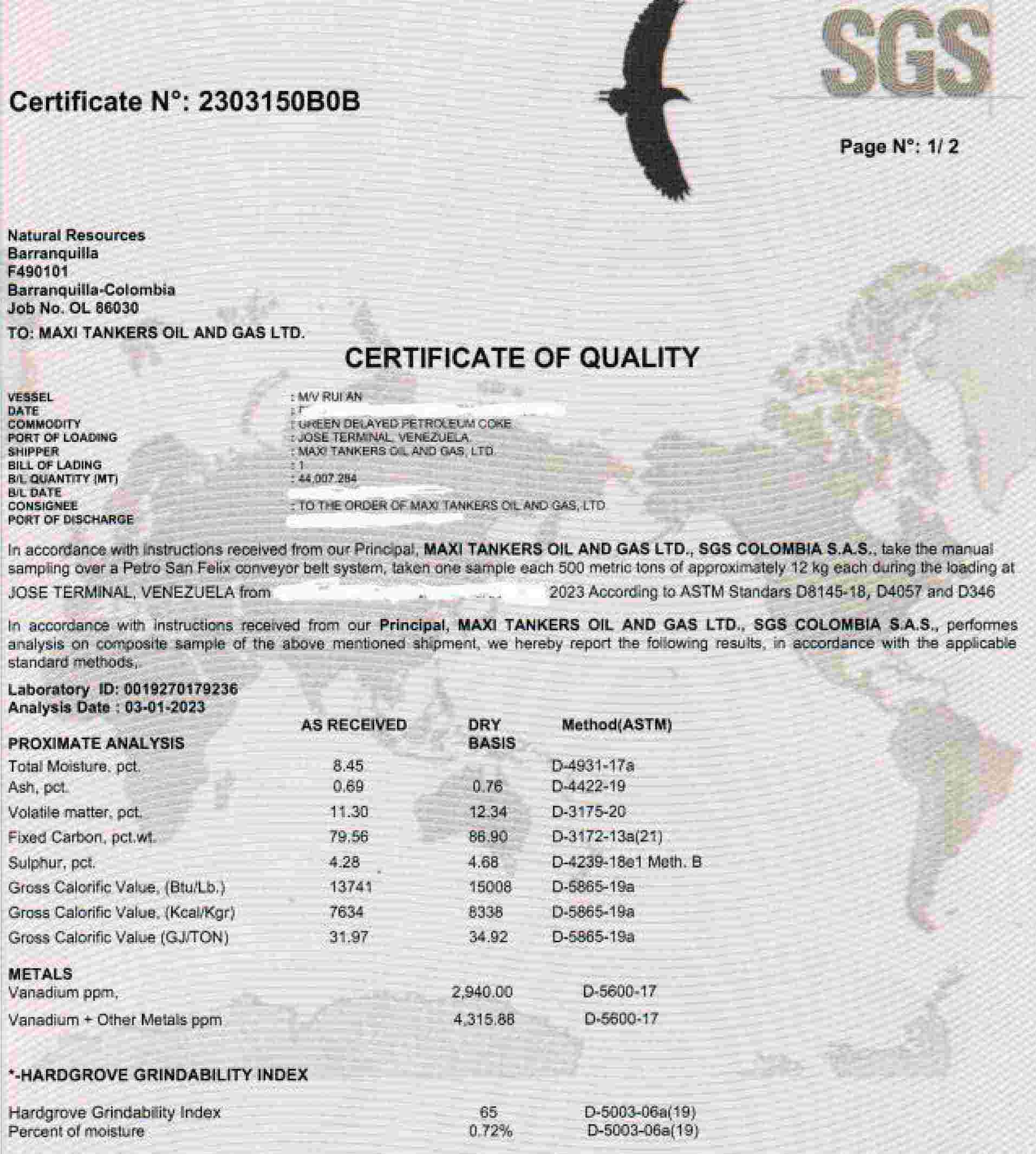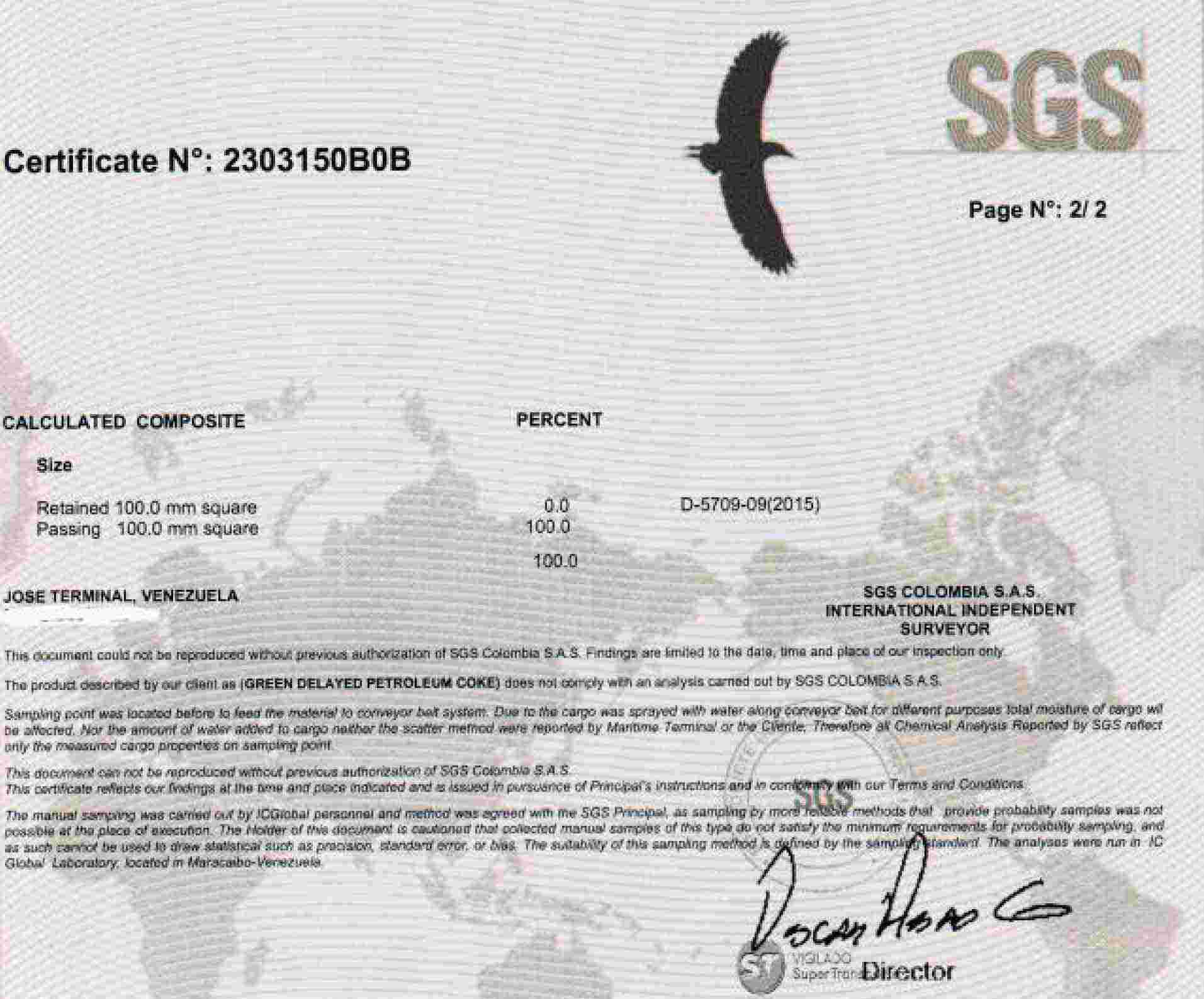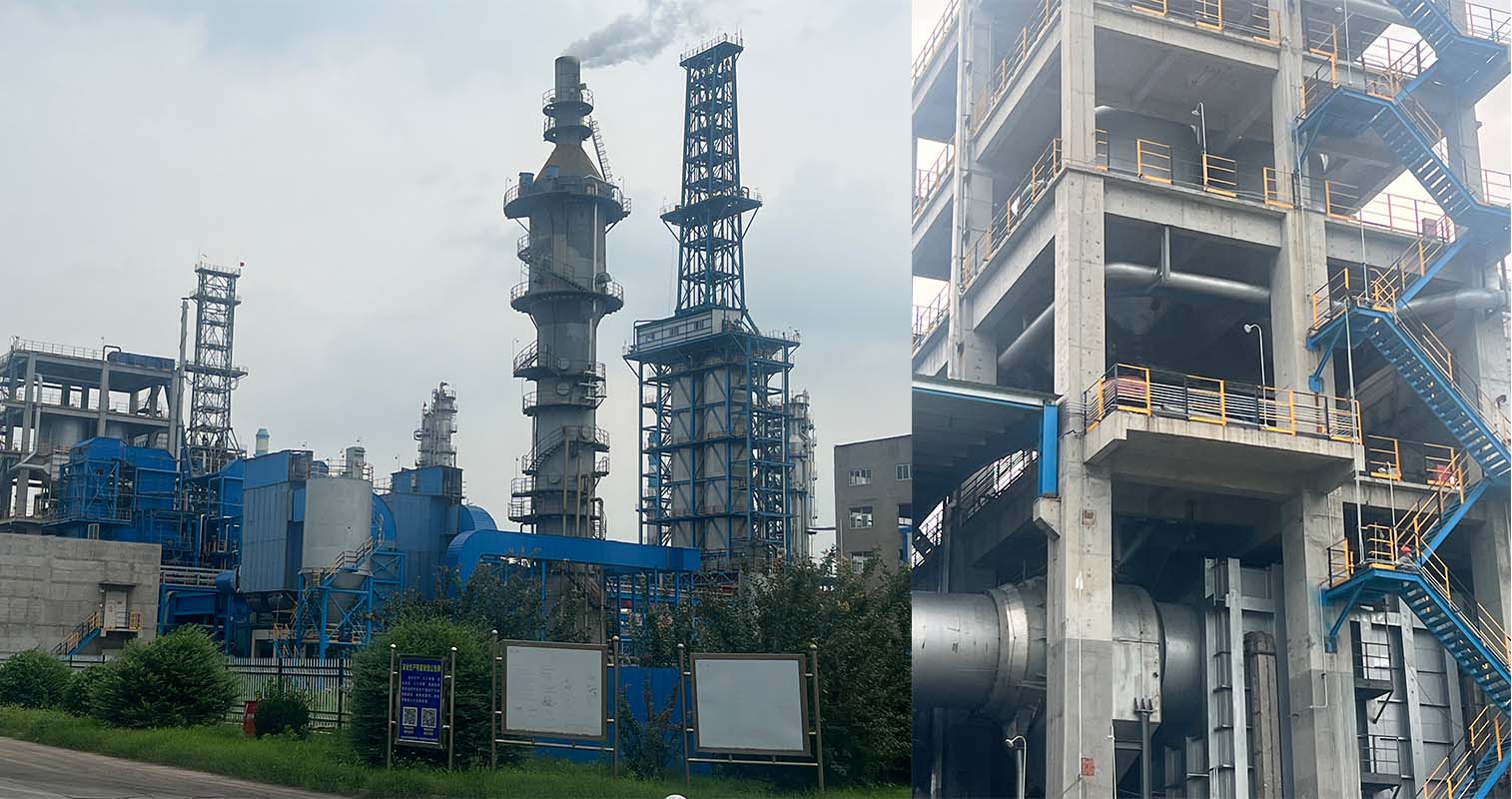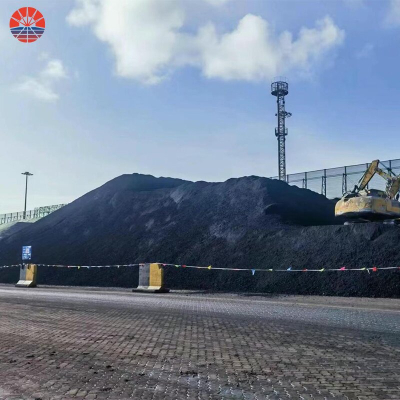Chemical Composition Of Petroleum Coke
The use of petroleum coke (petcoke) in steel factories offers several benefits, making it a valuable carbon source in the steel-making process. Some of the advantages include:
High Carbon Content: Petcoke has a high carbon content, typically ranging from 80% to 90%. This high carbon concentration makes it an efficient and effective source of carbon in the steel-making process.
Cost-Effective: Petcoke is often cheaper than other carbon sources, such as metallurgical coal or anthracite, which helps reduce the overall production costs for steel manufacturers.
Reduced Environmental Impacts: Compared to certain types of coal, petcoke generally has lower sulfur content, leading to decreased sulfur dioxide (SO2) emissions during the steel production process. This can result in lower levels of air pollution and acid rain formation.
Stable Supply: Petcoke is a byproduct of the petroleum refining process, ensuring a stable and consistent supply for steel factories.
Carbon Content Control: Steel manufacturers can control and adjust the carbon content in the steel more precisely by using petcoke, enabling them to produce steel with specific desired properties.
High Calorific Value: Petcoke has a high calorific value, providing a significant amount of heat during the steel-making process, which is essential for smelting iron ore and melting the resulting iron.
Improved Energy Efficiency: The use of petcoke can enhance the energy efficiency of the steel-making process, potentially leading to reduced energy consumption and associated greenhouse gas emissions.
Co-Firing Capability: Steel factories can use petcoke in combination with other carbon sources, allowing for greater fuel flexibility and optimization of the steel-making process.
It's important to note that while petcoke offers these advantages, its usage also comes with environmental and health concerns. The high carbon content of petcoke contributes to greenhouse gas emissions and climate change. Additionally, petcoke combustion can release other pollutants, such as nitrogen oxides (NOx) and particulate matter, which can affect air quality and human health.
As the steel industry becomes increasingly conscious of its environmental impact, there is a growing emphasis on adopting cleaner and more sustainable practices. Some steel manufacturers are exploring alternative carbon sources, such as biomass or renewable energy-based technologies, to reduce their carbon footprint and transition toward more eco-friendly steel production methods.
The role of petroleum coke in steel factory
Petroleum coke (petcoke) plays a significant role in the steel industry, where it is used as a carbon source in the production of steel through the primary steelmaking process. The steel industry uses two main methods of steelmaking: the blast furnace (BF) route and the electric arc furnace (EAF) route. The role of petcoke varies depending on the steelmaking method:
Blast Furnace (BF) Route:
In the traditional BF route, iron ore, coke, and limestone are fed into a blast furnace, and hot air is blown into the furnace to produce molten iron. The coke used in this process is metallurgical coke, which is derived from coal and acts as a source of carbon to reduce the iron ore into molten iron.
Petroleum coke can be used as a partial substitute for metallurgical coke in the blast furnace. This substitution is known as "coke blending." The inclusion of petcoke in the coke blend can have several benefits:
Cost Reduction: Petcoke is often cheaper than metallurgical coke, providing cost advantages to steel manufacturers.
Improved Efficiency: Petcoke's high carbon content can enhance the reducing properties of the coke blend, leading to improved furnace efficiency and reduced energy consumption.
However, using petcoke in the BF route may have challenges due to its higher sulfur and vanadium content, which can lead to increased emissions and potential wear and tear on the blast furnace.
Electric Arc Furnace (EAF) Route:
In the EAF route, steel is produced from scrap metal through the use of electric arc furnaces. The scrap metal is melted using an electric arc created by graphite electrodes. To achieve the desired carbon content in the steel, a carbon source is needed.
Petroleum coke is used as a carbon additive in the EAF route to adjust the carbon content in the steel. By adding petcoke to the scrap metal, the steel manufacturer can precisely control the carbon levels, ensuring the final steel product meets the required specifications.
The use of petcoke in the EAF route offers the following advantages:
Carbon Control: Petcoke provides a consistent and controllable source of carbon, allowing for better carbon management in the steelmaking process.
Cost-Effectiveness: As with the blast furnace route, petcoke is often more cost-effective than alternative carbon sources.
It's important to note that while petcoke can offer advantages in steelmaking, it also presents challenges related to environmental and health impacts due to its high carbon content and potential emissions. Therefore, steel manufacturers must adhere to environmental regulations and adopt appropriate emission control technologies to mitigate the negative effects of petcoke usage. Additionally, the use of petcoke in steel production is subject to market conditions, environmental regulations, and industry preferences.












